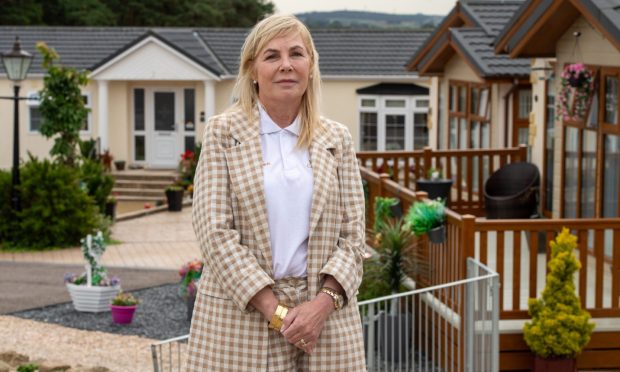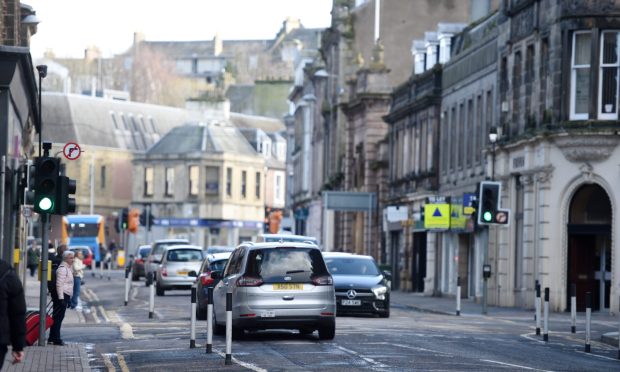If you’ve been to south-east Asia, you’ll perhaps know there’s a popular saying commonly uttered by locals.
The expression “same, same but different” is hard to define and deliberately vague, so it can be used in several contexts.
I’ve recently been applying a rearranged version to explain how investors should approach market downturns – different, different but same.
Investors can find it troubling to see the value of their portfolios fall, particularly when the reason behind it hasn’t been seen before.
Investment markets under pressure
Their investments have recently faced pressure from conflicts in Europe and the Middle East, combined with high inflation and interest rates.
Global stock and bond markets have a long history of drops in value.
But they’ve recovered and then exceeded pre-drop levels every time.
Provided you were invested in a globally diversified portfolio during those times, you would have been rewarded for sitting tight and awaiting the recovery.
Influential 20th Century investor Sir John Marks Templeton said: “The four most expensive words in the English language are ‘this time it’s different’.”
The point he was making is that it’s easy to rationalise giving up on recovery after a fall, choosing to follow some other course of action, if the drivers behind it are different to previous occasions.
But looking back to previous periods of market turmoil may assuage the nerves of worried investors.
- In 1929 it was the collapse of Wall Street
- In 1973 it was a miner’s strike and oil price ris
- In 1987 it was Black Monday
- In 2000 it was the dot-com bubble bursting
- In 2008 it was a global banking crisis
- And in 2020 it was a global pandemic
Despite the reason being different every time, markets recovered. Every time.
And, as Templeton alluded to, missing out on the recovery can be an expensive mistake.
It’s a human cognitive bias to place greater importance or emphasis on recent events over those in the past, getting caught up in the now and thinking things have never been worse.
Autumn Statement | With the government's financial plans recently announced, we give a short summary of the Autumn Statement.
Read more here: https://t.co/CCcDfPiXqb#partnerforlife #autumnstatement2023 #financialplanning pic.twitter.com/2zsWbLAwgy
— Carbon (@CarbonFinancial) November 24, 2023
But author Morgan Housel made a good point recently.
He said: “The past wasn’t as good as you remember, the present isn’t as bad as it seems and the future will be better than you anticipate.”
So, when investors find themselves in the midst of tough market conditions and investment downturns, they should remember that although the reason will be different, the drill – to sit tight, stay invested and await the recovery – is the same.
Different, different but same.
Liam Kerr is an Aberdeen-based director of Carbon Financial Partners.












Conversation